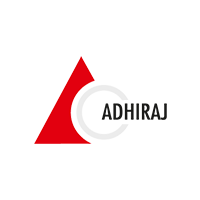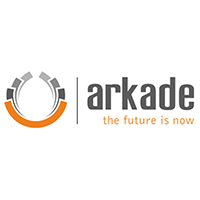Your Time is Precious. So, Focus on What Really Matters and Leave the Rest to Us!
Our expert team works relentlessly to ensure that your marketing ecosystem runs like a well-oiled machine–efficiently and effectively.
Collaborate with us to get your hands on the best-in-class digital marketing solutions. We help foster phenomenal growth and derive successful ROI for your business with the power of digital marketing.
Read More
Who We are
A 360° Marketing Agency based out of Mumbai, offering end-to-end marketing services tailored to your needs. With years of experience accumulated in numerous sectors such as IT, Real Estate, Technology, and eCommerce, among others, we empower businesses to maximize their reach, enhance brand visibility, and achieve amazing results.
We are your full-service marketing company. Let’s take your brand to the next level of business success.
Derive Business Values with Our Strategic Offerings
We offer an array of six distinct services that are viable across multiple industries
Providing solutions to happy clients from various industries



















Pleasure in the job puts perfection in the work
Year of Experience
Digital Marketing experts
Projects Completed
Clients Happy with our Services




